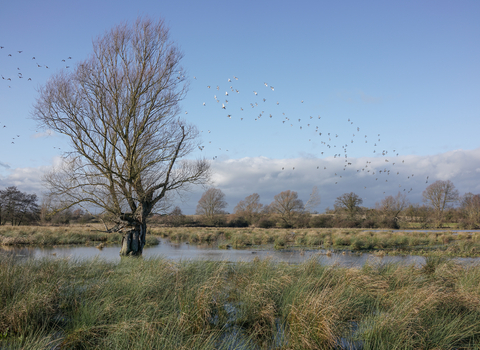Improving and enhancing our rivers is essential to create healthy landscapes in which nature can recover and thrive. The UK has some of the worst river pollution and water quality in Europe, and we have a strategy to help create cleaner and more diverse river habitats in Suffolk.
At Suffolk Wildlife Trust, we have a strategy for our works on rivers and river wildlife from 2024 to 2030 in line with our wider goal to see 30% of Suffolk's land and sea well-manged for wildlife by 2030. Our vision below outlines the ideal situation, but we cannot achieve this alone. Therefore, we will work with farmers, landowners, and communities acorss the county to support their efforts for cleaner, wilder rivers.
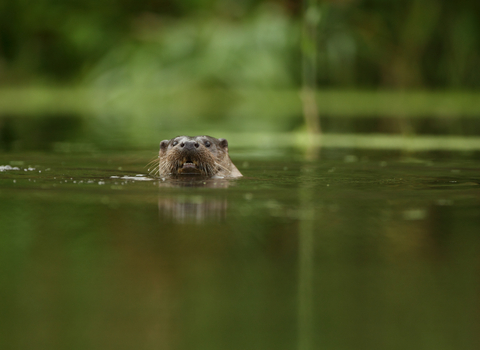
Luke Massey
By 2030, we would like to see...
Rivers in Suffolk are naturally functioning and diverse habitats with enough clean water to meet the needs of wildlife and people. Where there is space, rivers are connected to their floodplain and have wild margins, linking habitats across the landscape. Decision makers, local industry, landowners, communities, and individuals all value naturally functioning rivers and floodplains and act to protect them.
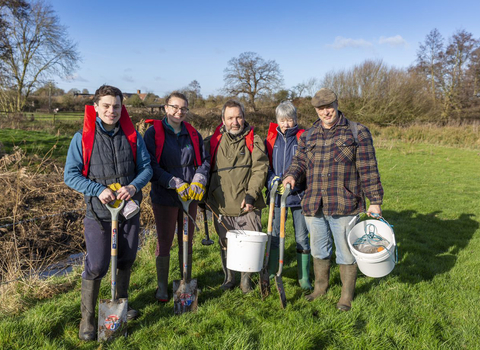
Alice Wickman (second on left) and River Blyth warden volunteers. Pic: Sarah Groves
To recover nature in our rivers by 2030, we will...
Focus on creating and delivering large and ambitious river, riparian and floodplain habitat restoration projects.
Enable action for rivers at scale through advice and training.
Advocate for positive change for rivers and river wildlife.
Deliver high quality work at scale by focusing resource on larger scale projects with greater impact.
Complete a county-wide water vole survey.
River restoration and advice
Different river species need a variety of microhabitats within a river to thrive. Some species will prefer the sheltered waters on the inside of a river bend, while others will benefit from faster-flowing sections. Plant material in the river channel provides cracks and crevices for river invertebrates to hide in, which in turn provide food for fish and other animals. In the past humans have taken away this brilliant diversity through intensive management or by straightening rivers and putting them into reinforced channels.
If you would like further advice or would like to arrange an advisory visit to your site, please contact Wilder Rivers Advisor, Alice Wickman or call us on 01473 890089.
Our Wilder Rivers work is made possible thanks to the support of Anglian Water, Environment Agency, and Essex & Suffolk Water.
News and stories from Suffolk's rivers
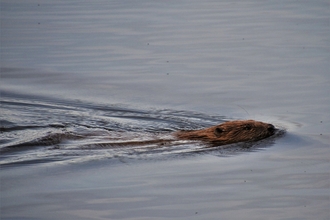
How Suffolk Wildlife Trust will support beaver reintroduction
After many years of research, trials, and campaigning – including from the Wildlife Trusts – beaver reintroduction in England was…
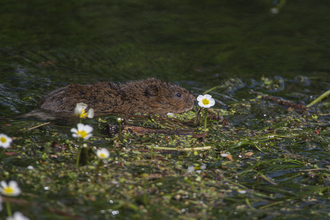
New water vole surveys hope to save endangered mammal
Water voles are considered an endangered species in the UK. These semi-aquatic mammals are one of Suffolk Wildlife Trust’s thirteen “…
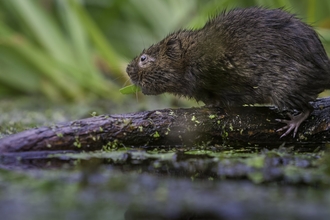
New report finds glimmer of hope for endangered water voles
A new report from The Wildlife Trusts - The National Water Vole Database Project Report - published today, identifies continued declines…

